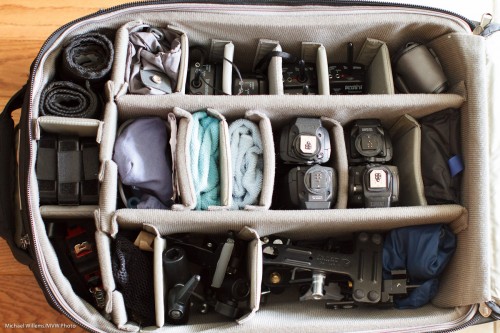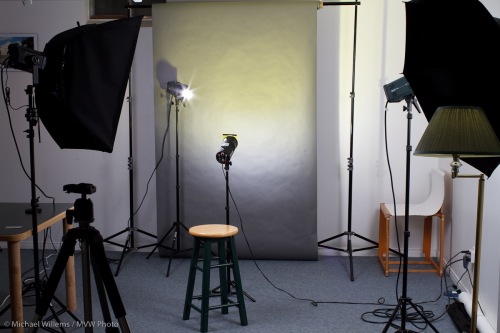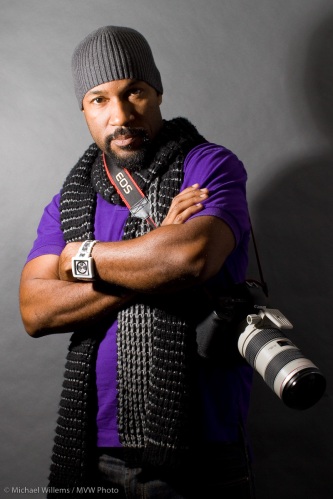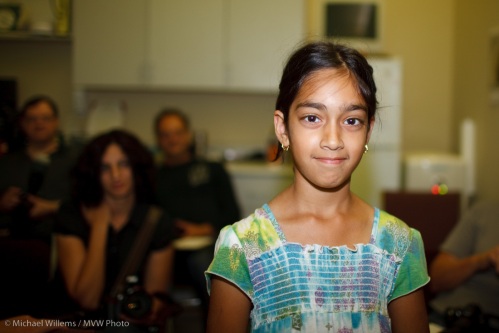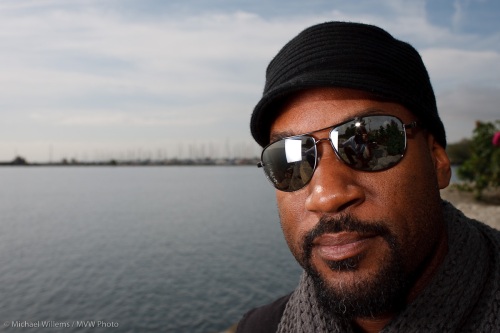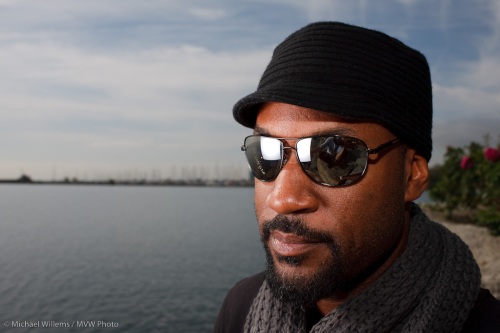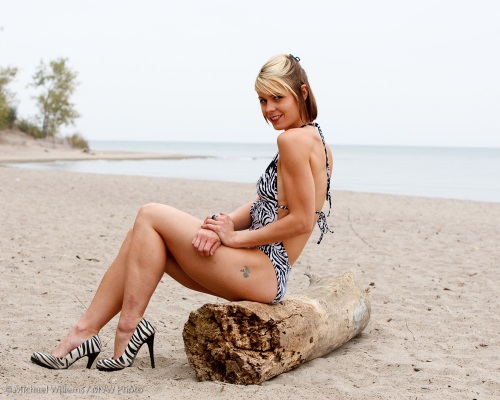My flash/lighting bag as it is today:
It contains, from top left:
- Two rolls of Honl Photo gels
- Flashzebra Cables to connect Pocketwizards to speedlights
- Six pocketwizards
- Light meter (and spare battery)
- Three Honl Photo grids (2×1/4″ and 1×1/8″)
- Cables and a Fong thing
- Speedlite feet and a microfibre cloth
- Trays for Pocketwizards, and a microfibre cloth
- Four speedlights
- Rain pouch
- Knife, tape, tape measure
- Three Ball heads
- Flash/umbrella attachments for light stands
- Grips, cables, “thingies”.
In addition to this I carry another speedlight, more Honl modifiers including the large and small Traveller softbox, a tripod, a bag of light stands and umbrellas, and up to four large lights (Bowens) with a softbox.
Pretty large kit but then, I need to light some pretty unexpected situations, and with this kit I know I can.

